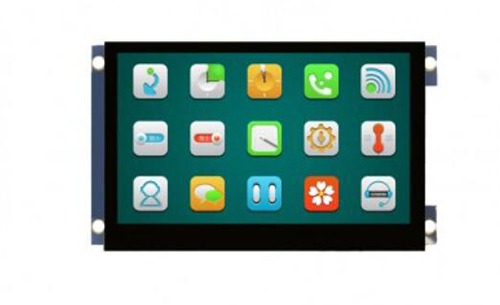What are the three most common LCD panel types?
Views: 1060 Update date: Aug 24,2023
LCD panels, short for Liquid Crystal Display panels, are the bedrock of modern visual technology, gracing everything from our smartphones to our televisions. These panels come in various types, each with its own set of characteristics and applications.
Imagine a layer of liquid crystals, each functioning as a minuscule light valve. By manipulating the behavior of these crystals, the LCD display can produce an array of colors and patterns, resulting in the captivating visuals we encounter daily.
Cons: Limited viewing angles, potential color distortion.
TN panels are the speedsters of the LCD world, boasting rapid response times that cater well to dynamic applications such as gaming and high-speed video playback. However, they do have drawbacks, including limited viewing angles and potential color inconsistencies when viewed from different perspectives. If speed is your priority, TN panels might be your go-to choice.
Cons: Marginally slower response times compared to TN panels.
IPS panels take the crown for impeccable color accuracy and wide viewing angles. Whether you're editing photos or indulging in multimedia content, IPS panels provide true-to-life color representation. Although they may not match the response times of TN panels, their ability to reproduce lifelike visuals more than compensates for this minor trade-off.
Cons: Moderate response times, potential motion blur.
VA panels excel in contrast and black levels, making them a favorite for applications that demand rich visuals, such as watching movies or viewing high-resolution images. While not as rapid as TN panels, their balance between contrast and response time makes them a versatile choice.
Imagine a layer of liquid crystals, each functioning as a minuscule light valve. By manipulating the behavior of these crystals, the LCD display can produce an array of colors and patterns, resulting in the captivating visuals we encounter daily.
Now, let's shift our focus to the three most prevalent LCD panel types:
1. Twisted Nematic (TN) Panels
Pros: Swift response times, ideal for fast-paced applications.Cons: Limited viewing angles, potential color distortion.
TN panels are the speedsters of the LCD world, boasting rapid response times that cater well to dynamic applications such as gaming and high-speed video playback. However, they do have drawbacks, including limited viewing angles and potential color inconsistencies when viewed from different perspectives. If speed is your priority, TN panels might be your go-to choice.
2. In-Plane Switching (IPS) Panels
Pros: Exceptional color accuracy, wide viewing angles.Cons: Marginally slower response times compared to TN panels.
IPS panels take the crown for impeccable color accuracy and wide viewing angles. Whether you're editing photos or indulging in multimedia content, IPS panels provide true-to-life color representation. Although they may not match the response times of TN panels, their ability to reproduce lifelike visuals more than compensates for this minor trade-off.
3. Vertical Alignment (VA) Panels
Pros: High contrast ratios, deep blacks.Cons: Moderate response times, potential motion blur.
VA panels excel in contrast and black levels, making them a favorite for applications that demand rich visuals, such as watching movies or viewing high-resolution images. While not as rapid as TN panels, their balance between contrast and response time makes them a versatile choice.




